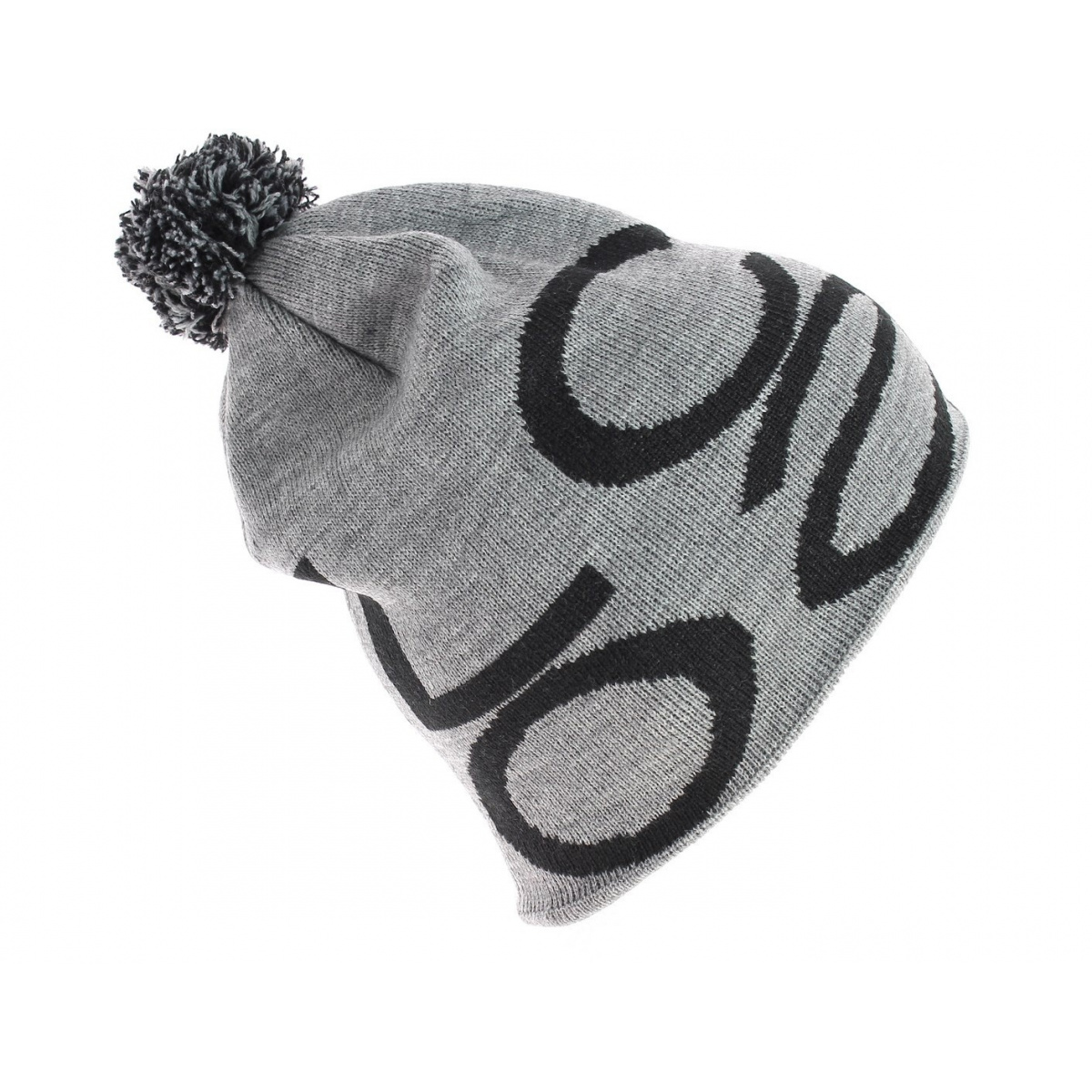The Beanie can be described as a tiny stuffed animal, usually made of wool, felt or even cloth. It is typically offered at sporting events. Many collectors claim that they have no emotional connection to their Beanie collection. Instead, they invest countless hours looking into the market and learning its intricacies. In addition, they know that their passion is a bit silly, and that other people may find them to be crazy.
Beanie Babies were handed out at the end of a baseball game.
Since 1997 in 1997, over 22 Major League Baseball teams have offered Beanie Babies during baseball games and attracted thousands of fans to the stadiums. beanie hats has worked with MLB to create special tagging to Beanie Babies to commemorate players and special events. They include Mac the Cardinal, Rocket the Blue Jay and Sammy the Bear. Each one has its own unique giveaway day.
They are important
Vintage Beanie Babies are valued, depending on the condition and rarity. Some collectors can offer as high as $50,000 for a 1992 Ty Beanie. Others will pay more than $25,000 for an old-fashioned 1996 Lefty the Donkey.
beanie hats are made of wool, felt, cloth leather, silk, or

Felt is one of the most durable fabrics. It is made up of tiny fibers interlocked in every direction. It is therefore lighter than the woven fabric which is made of interlocked fibers that are twisted in straight lines. It is also the longest-lasting fabric since it needs the most fibers to be strong. It's also stain-resistant and waterproof and is hypoallergenic.
They sport a clown face.
This beanie features a large clown face that has a propeller. It is made from acrylic yarn and comes in one size fits most. This beanie has an embroidered front design as well as plush hair.
They are constructed of a unbrimless cap
Beanies are small , hats constructed from wool, felt fur, hair, or fur. The materials are compressed and shaped with a combination of pressing, rolling, and heating. Fez is a flat brimless top cap made from red felt. It is usually worn as a hat in winter, when the temperature is below the freezing point.
